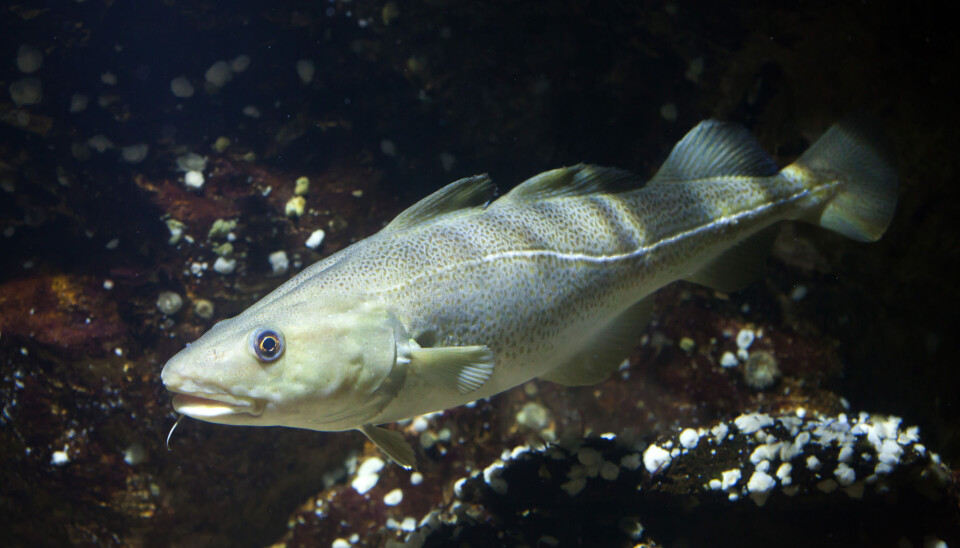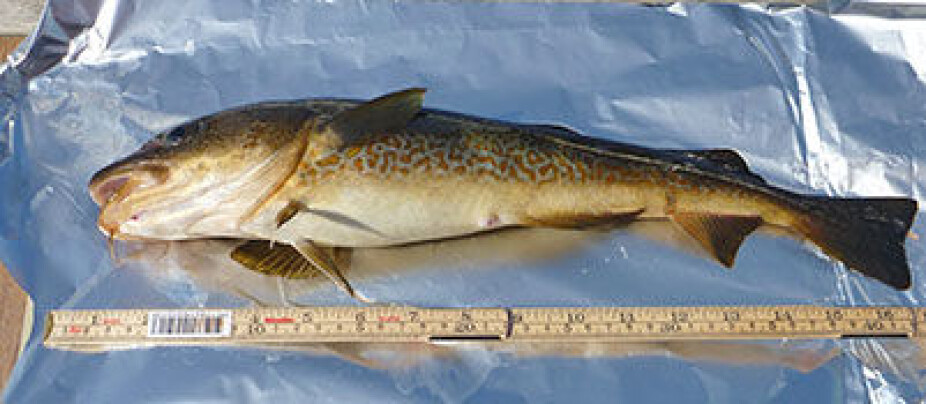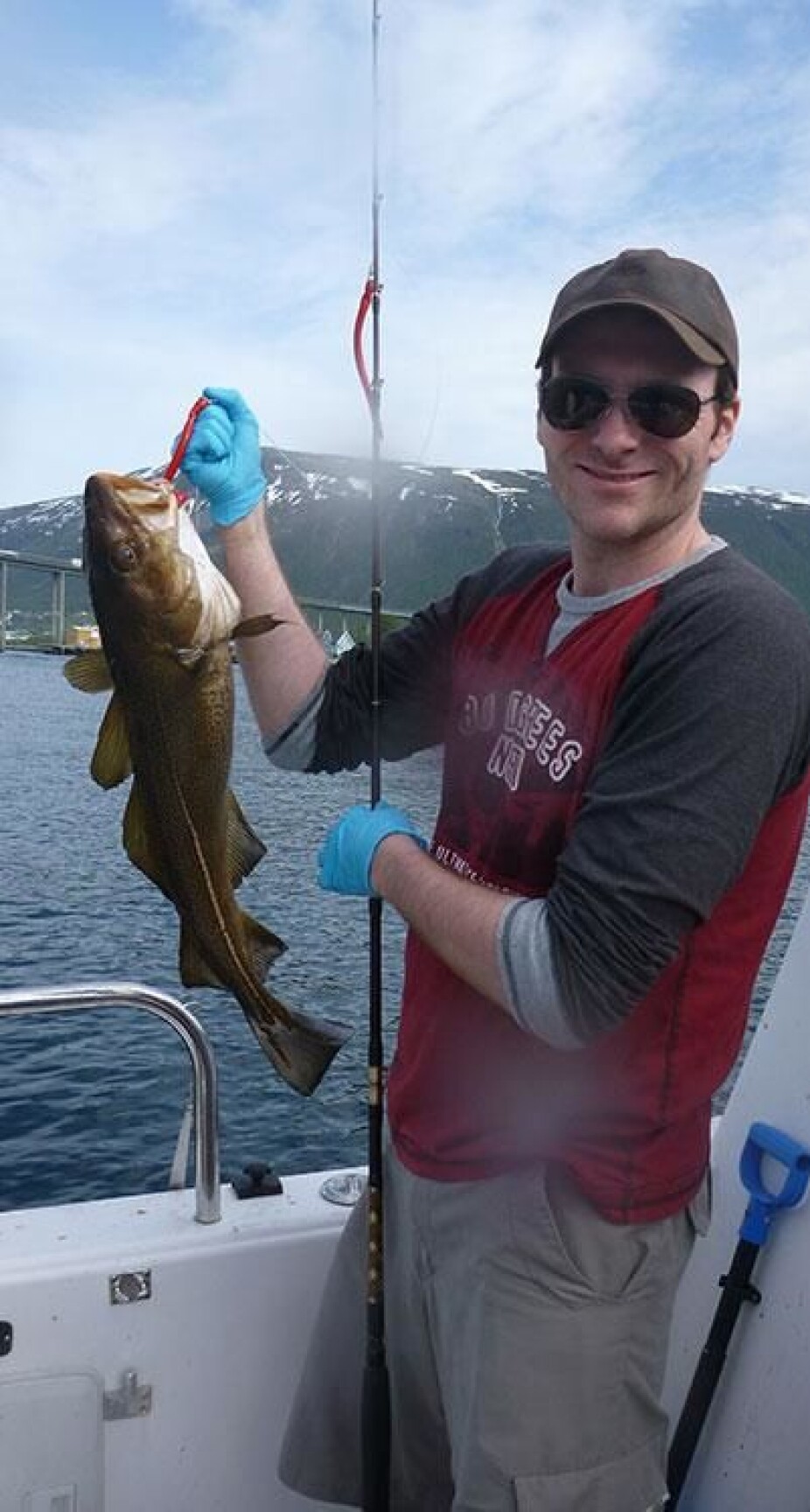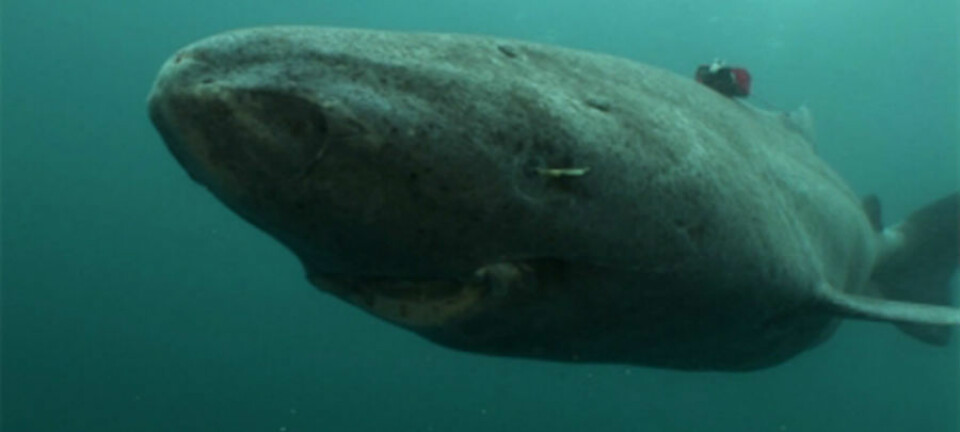This article was produced and financed by NILU - Norwegian Institute for Air Research

Traces of skin lotion found in Atlantic cod
That nice, silky smooth feeling you get when you rub yourself with your favourite lotion, comes from maybe not so nice chemicals.
Denne artikkelen er over ti år gammel og kan inneholde utdatert informasjon.
The chemicals are called siloxanes. They are used in a range of products, such as cosmetics, personal care products and cleaning products. Now researchers have found siloxanes in cod caught from the waters outside Tromsø, Norway.
The substances are flushed down the drain, and although a lot is captured in the water treatment plants, significant amounts are still discharged into the sea.
In Europe alone, siloxane emissions are estimated at about 20 kilotons per year.
Extensive use
Siloxanes are found in several varieties, including D4 (octamethylcyclotetrasiloxane), D5 (decamethylcyclopentasiloxane) and D6 (dodecamethylcyclotetrasiloxane).
They are emitted to both water and air, where they can be transported far away by air currents, and bind to particles within the water column or accumulate in sediments and increase exposure to aquatic organisms.
D4 used to be an important ingredient in personal care products until a few years ago, when it was discovered that it induced toxic effects in several organisms. Therefore, production has shifted to use less D4 and more D5 in these products, which scientists are now finding in very high concentrations in the aquatic environment.

Accumulation in cod
Nicholas Warner at Norwegian Institute for Air Research (NILU) and other researchers from Akvaplan-niva, have recently completed a research project on siloxane levels in Atlantic cod.
Their aim was to find out more about the marine environment affected by siloxane emissions.
"The siloxane levels we find in the cod liver are so high that it is evident that the fish takes these chemicals in very quickly,” explains Warner.
The researchers examined D5 levels in cod liver in relation to the former frequently used, and now banned, industrial chemicals, Polychlorinated biphenyls (PCBs), to compare the accumulation potential of these substances in fish.

Compared to PCBs, D5 was found at concentrations ten times higher.
Such high concentrations of this substance in the samples, and in such a short time, makes the researchers wonder how long D5 will remain in the fish - even after emissions stop. Currently, they see no signs that siloxanes are lethal, but Warner and his colleagues would like to find out how constant exposure affects the cod’s health over time.
They also wonder if siloxanes are among the substances that are not broken down, but accumulate in organisms and animals. Thus, the concentration can rise up the food chain.
Warner explains this process that once siloxanes are released into lakes or oceans, they readily bind to organic carbon or other biological material which can be consumed by fish. In addition, organic carbon containing siloxanes that is not consumed can sink to the seabed where uptake can occur in benthic animals such as snails, sea urchins and starfish. These organisms are in turn eaten by fish – including cod – allowing siloxanes to move up the food chain and be present at potentially higher concentrations.
Many studies, few answers
Several previous studies of lakes have reported that siloxane has the potential for such accumulation, but the results are conflicting.
Studies of lakes in Norway has shown that D5 pile up – bioaccumulate – in the food chain, but similar Canadian studies contradict this.
For the NILU researchers, this means other factors may be important for how siloxanes accumulate in fish and other sea creatures.
One reason for the conflicting results may be that the scientists find a large range in siloxane levels in fish. Warner and his colleagues think this may be related to the species in question, what development stage the fish is in, and how large it is.
“Our results show an association between cod length and weight, and D4 and D6 levels,” explains Warner.
They believe this is because cod is able to eliminate or dilute its D4 and D6 concentrations as it grows. Cod metabolism and the ability to eliminate siloxanes appears to increase with the size,
“But we find no relationship between cod length and weight for D5.”
This may be due to the high exposure levels of D5 in the environment, making it impossible for the cod to get rid of D5 as fast as with D4 and D6, allowing this substance to remain in the fish over a longer time. Thus, the risk of adverse effects is greater.
End up in people?
So what does the high siloxane levels mean for people who eat a lot of cod? Will the chemicals end up in our blood stream? Cod is a very important part of the diet in the northern parts of Norway, and during the dark polar winter cod liver oil is a major source of vitamin D.
Last year, researchers at NILU and the University of Tromsø conducted a study where they took blood samples from a number of women in the Tromsø area.
None of these samples showed abnormally high siloxane levels.
“We will always find some,” Warner explains, “because siloxanes are found in a variety of products many of us use almost daily.”
However, lung respiration – the act of breathing air – seems to be a very effective way to get rid of siloxanes: Siloxanes are volatile substances that evaporate easily, thus they follow the breath out of the body.
This applies to both humans and other mammals – but not to fish, which live in the water. This is supported by previous work done by Warner and colleagues in samples collected from Svalbard: High siloxane concentrations were found within fish, while seals caught in the same area showed much lower levels.
Testing water and muscle tissue
The NILU scientists follow up these findings in a new study that starts now. In addition to confirming previous findings, they will expand the range of samples and further develop their methods.
This time they will also take water samples to investigate siloxane levels in the coastal areas outside Tromsø. By doing this, they will determine emission levels in wastewater, and thus the concentrations the cod are exposed to.
They will also take samples from the cod’s muscle tissue, to investigate how the siloxanes distribute between the tissues within the fish. Preliminary test results and data will be available in August/September.
“This is a challenging research area we simply know too little about,” says Warner.
——————
Read the Norwegian version of this article at forskning.no



































